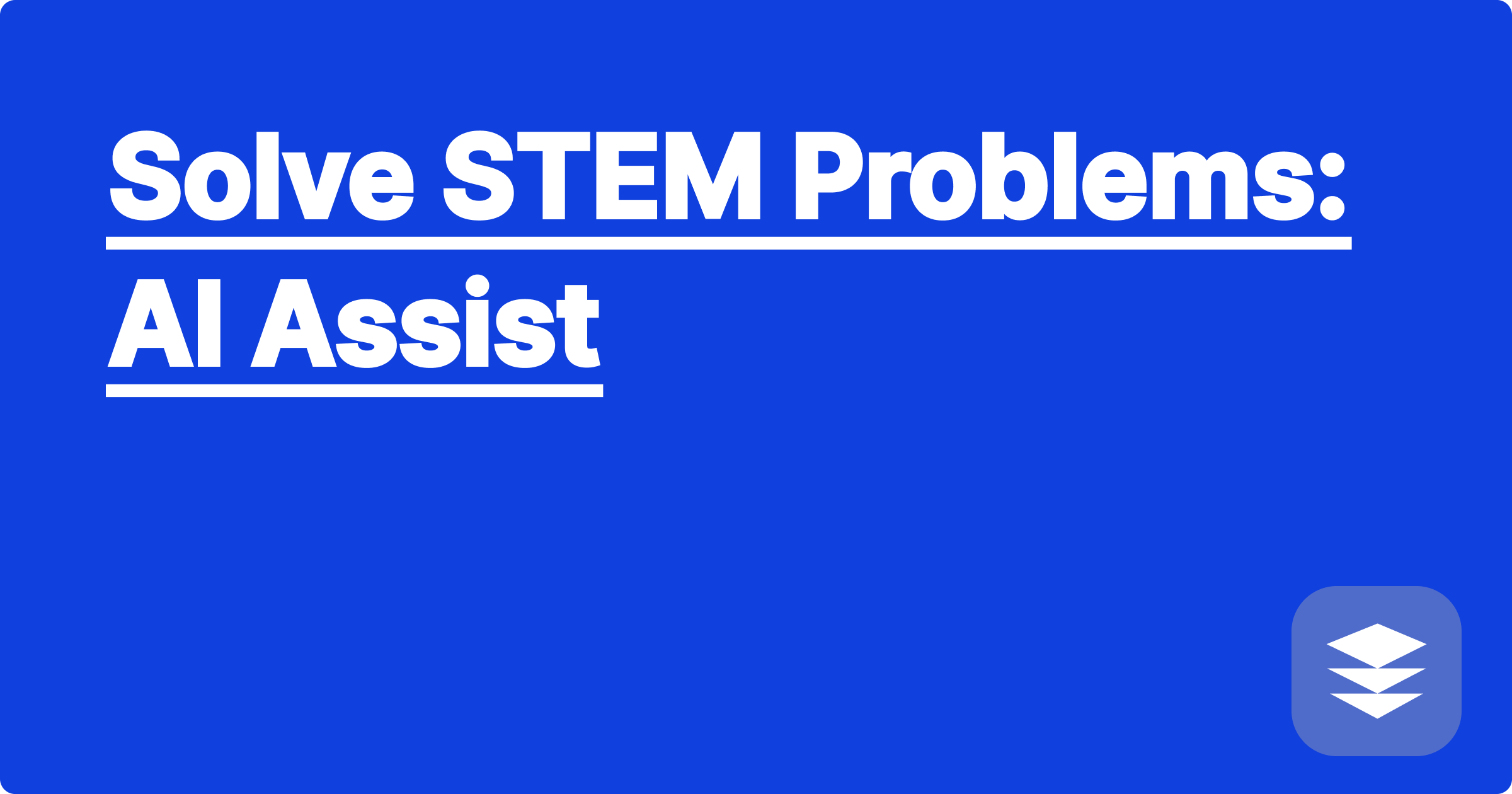
The world of STEM (Science, Technology, Engineering, and Mathematics) presents a constant stream of complex problems, demanding rigorous analysis, creative thinking, and often, extensive computational effort. From understanding intricate biological processes to designing efficient algorithms, STEM challenges push the boundaries of human intellect. Fortunately, the rise of artificial intelligence (AI) offers a powerful new set of tools to assist in tackling these complex issues. AI can augment human capabilities, providing faster computations, identifying patterns in vast datasets, and offering novel perspectives on challenging problems. This symbiotic relationship between human ingenuity and AI power promises to accelerate discovery and innovation across all STEM disciplines.
This emerging synergy between AI and STEM is particularly relevant for students and researchers. Students can leverage AI to deepen their understanding of complex concepts, explore different problem-solving approaches, and gain valuable experience with cutting-edge technology. Researchers can utilize AI to accelerate their research, analyze large datasets more efficiently, and explore new avenues of inquiry. Mastering the application of AI in STEM is rapidly becoming an essential skill for success in both academia and industry.
Many STEM problems involve understanding complex systems and predicting their behavior. This often requires working with large datasets, intricate mathematical models, and sophisticated simulations. For example, predicting the trajectory of a rocket involves accounting for factors like gravity, air resistance, and the rocket's propulsion system. This necessitates solving differential equations and incorporating real-time data from sensors. Similarly, analyzing the spread of a disease requires modeling complex interactions between individuals, environmental factors, and the pathogen itself. These challenges demand robust computational tools and analytical skills. Furthermore, many STEM problems involve optimizing designs or processes, which often requires searching through a vast space of possibilities. This can be computationally intensive and time-consuming, even with powerful computers.
AI tools such as ChatGPT, Claude, and Wolfram Alpha offer powerful capabilities for addressing these challenges. ChatGPT and Claude can be used to generate explanations of complex concepts, brainstorm potential solutions, and even write code for simulations. Wolfram Alpha excels at symbolic computations, solving equations, and providing access to a vast knowledge base of scientific data and formulas. By combining the strengths of these tools, students and researchers can significantly enhance their problem-solving capabilities. For instance, a student struggling to understand a particular concept in physics can use ChatGPT to generate an intuitive explanation and provide examples. A researcher working on a complex mathematical model can use Wolfram Alpha to verify their calculations and explore different parameter values.
Let’s consider the problem of modeling projectile motion. First, clearly define the problem, specifying the initial conditions such as the launch angle and initial velocity. Next, use Wolfram Alpha to derive the equations of motion, taking into account factors like gravity and air resistance. Then, input these equations into a programming language like Python, potentially using code snippets generated by ChatGPT. Run the simulation and visualize the trajectory of the projectile. Finally, analyze the results and compare them with theoretical predictions. This iterative process of refining the model and analyzing the results can be significantly accelerated by using AI tools.
Consider the task of calculating the trajectory of a projectile launched at an angle θ with initial velocity v₀. The horizontal and vertical components of the initial velocity are v₀cos(θ) and v₀sin(θ), respectively. Using Wolfram Alpha, we can find the equations of motion, taking air resistance into account. The horizontal distance traveled by the projectile can be calculated using the formula x = v₀cos(θ)t, where t is the time of flight. The vertical displacement can be calculated using the formula y = v₀sin(θ)t - (1/2)gt², where g is the acceleration due to gravity. These formulas can be used to create a simulation in Python, visualizing the projectile’s trajectory. Furthermore, AI tools can be used to analyze experimental data, identify patterns, and refine the mathematical model.
Another example is using AI to solve differential equations. Suppose we have a complex differential equation describing the dynamics of a biological system. We can input this equation into Wolfram Alpha, which can often provide an analytical solution or a numerical approximation. This can save significant time and effort compared to solving the equation manually.
To effectively integrate AI into your STEM workflow, develop a strong foundation in fundamental concepts. AI tools are most effective when used in conjunction with a solid understanding of the underlying principles. Experiment with different AI tools and identify those that best suit your needs. Don't be afraid to ask questions and seek help from online communities and forums. Critically evaluate the output of AI tools and always double-check the results. Remember that AI is a tool to assist your learning and research, not a replacement for critical thinking and rigorous analysis. Developing strong analytical skills and a deep understanding of the scientific method is crucial for success in STEM.
Finally, embrace the potential of AI to enhance your STEM learning and research journey. Explore the diverse applications of AI tools and discover how they can empower you to solve complex problems and accelerate your progress. Stay updated on the latest advancements in AI and continue to refine your skills in using these powerful tools. By combining your human ingenuity with the computational power of AI, you can unlock new possibilities and contribute to the advancement of STEM fields.
STEM Scholarships: Find Your Perfect Fit
Ace STEM Homework: AI-Powered Help
AI in Labs: Boost Your Research
STEM Exam Prep: AI-Driven Success
Engineering AI: Design Smarter
Solve STEM Problems: AI Assist
Data Analysis: AI-Powered Tools